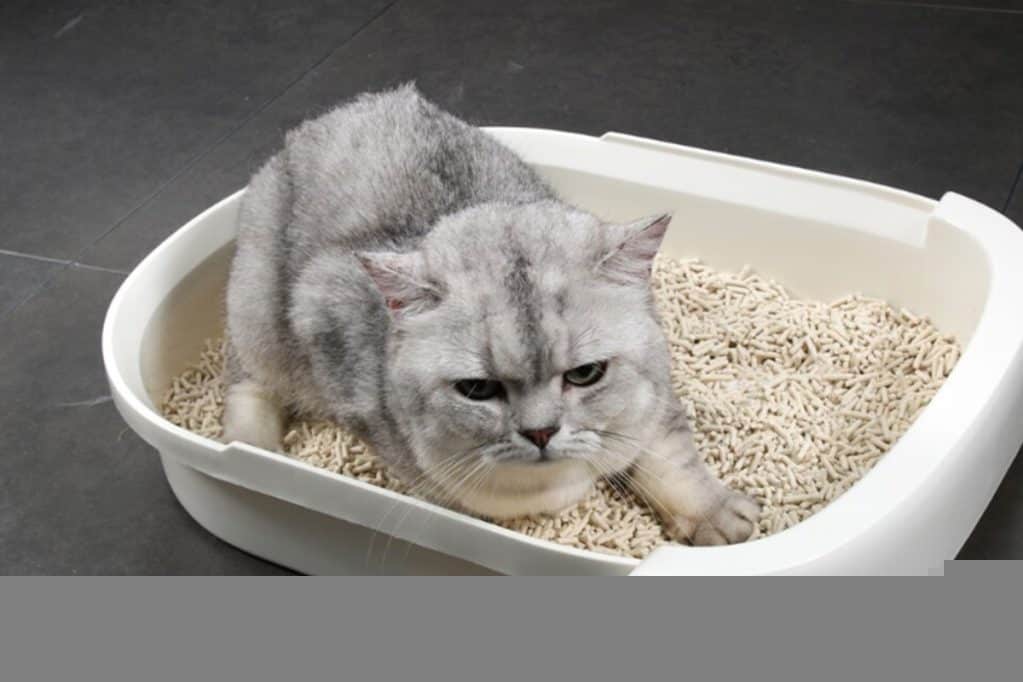Owning a cat means having one essential item: cat litter. It may seem insignificant, but the quality of your litter profoundly impacts your cat’s health. While poor-quality litter may not show immediate signs of harm, long-term exposure can lead to chronic issues. Here are the three hidden killers every pet parent needs to know—stop choosing based on price alone!
1. Dust Hazards: Double Threat to Respiratory and Urinary Health
Respiratory irritation and discomfort
When a cat digs and buries its waste, high-dust litter releases fine particles into the air. Brachycephalic breeds (e.g., Persians, British Shorthairs) are especially prone to irritation, sneezing fits, persistent coughing, and watery, red eyes.
Accidental ingestion via fur
Dust settles on the cat’s coat, and during grooming, those particles are swallowed. Over time, this can cause digestive upset, constipation, or even intestinal blockage.
Risk of urinary blockage
Excessive dust can clump with urine and form tiny crystals that lodge in the urethra. Male cats are particularly susceptible, leading to frequent, painful, or bloody urination.
2. Excess Formaldehyde: Hidden Chemical Toxin
Some unscrupulous manufacturers cut costs by recycling old furniture wood or using industrial glue as a binder. These materials release formaldehyde gas, a known irritant and carcinogen, which poses serious risks:
Skin and mucous membrane allergies: Prolonged exposure can make your cat’s skin itchy, red, and prone to rashes.
Chronic respiratory damage: Formaldehyde inhalation over time weakens the respiratory tract and lowers immune defenses.
Tip: Test your litter with a formaldehyde detection strip before purchase—a small kit can ensure your cat’s safety.
3. Bacterial Overgrowth: A Hidden Household Hazard
High-quality litters offer clumping, odor control, and antimicrobial properties to keep the litter box hygienic and reduce ammonia and foul smells. Poor-quality litters lack these benefits:
Rapid bacterial proliferation: Waste left too long fosters bacterial growth, turning the litter box into a germ hotspot.
Overpowering odors: Ammonia buildup irritates both your cat’s respiratory system and your home’s air quality.
Cross-infection risk: Vulnerable family members—elderly relatives, children, or those with weakened immunity—face health risks in the same environment.
Conclusion: Don’t Let Cheap Litter Harm Your Cat and Family
Dust, formaldehyde, and bacteria—the three hidden killers in poor-quality cat litter—are no small matter. For your cat’s long-term health and your family’s indoor air quality, skip the bargain bins. Choose transparent, simple-formula, antimicrobial cat litter to truly save on vet bills and avoid regret.


